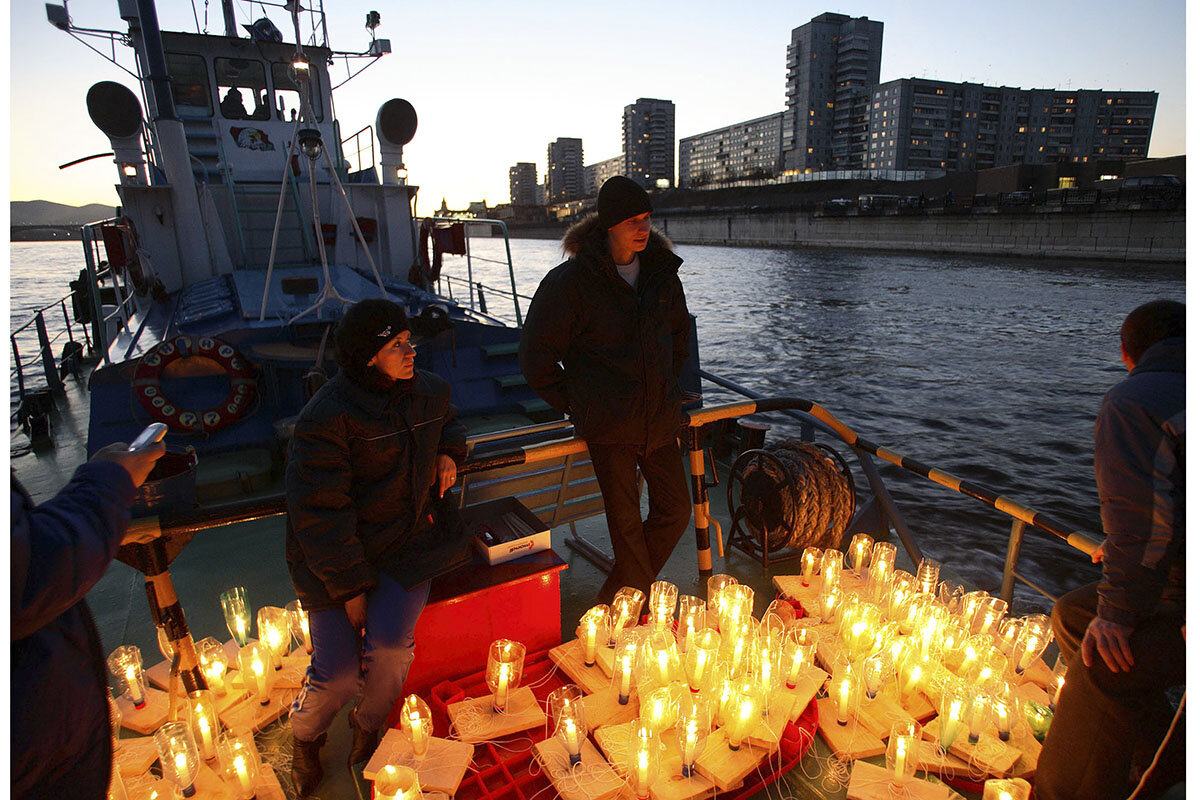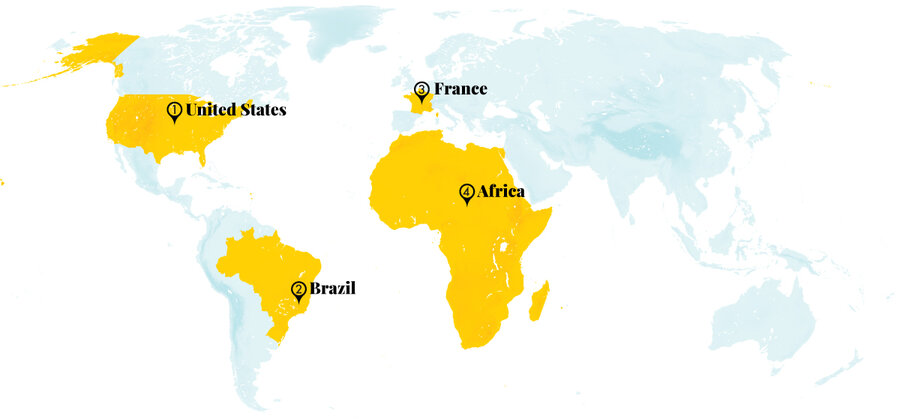The rhetoric about police funding can easily slip into extremes. But as the state of Maryland illustrates, there’s more agreement about what’s needed than the debate’s polarizing terms suggest.
Monitor Daily Podcast
- Follow us:
- Apple Podcasts
- Spotify
- RSS Feed
- Download
 Amelia Newcomb
Amelia Newcomb
What does it mean to have a real conversation?
That question has come to mind as I’ve watched the journey of Little Amal, which started in Turkey in July and concluded in England this month.
Little Amal is a puppet representing a 9-year-old refugee – albeit a larger-than-life puppet that stands 12 feet tall. Amal has garnered lots of attention as part of an art project aimed at “changing the conversation and bringing people together” around migration, where the most recent flashpoint is the border of Belarus and Poland.
Can you do that at a time of hard lines around complex issues?
“I can walk into any room in America and say that we need systems that keep all communities safe, that uphold the values of equal justice … and never get pushback,” Alan Jenkins, a Harvard Law School professor, recently told “On the Media.” “Then we all have to fight about, does the system currently uphold those.” But by making connections through fundamental values, “you already have brought people together in a way to work through how to achieve them.”
Amal evoked all sorts of responses as she walked, propelled by four handlers, nearly 5,000 miles: wide-eyed wonder, tears, shock, the desire to clasp her massive hands. People spoke about welcoming all refugees as well as tightening border controls. But extended exchanges I saw in online comments often moved toward ideas for progress, despite giving voice to significant differences. Maybe that was because it was hard to look at this “child” and not think about the security we all desire.











